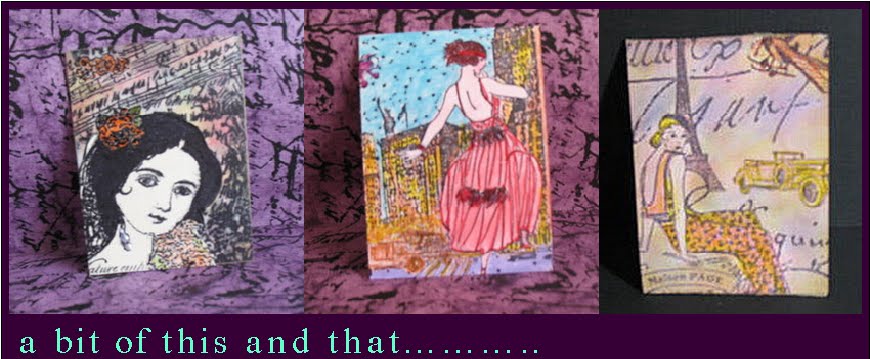I always wondered what the difference was between dye-based and pigment inks. I found the article below at http://www.printerfillingstation.com/PFS/Pigmented.htm
Here is the difference between Standard dye-based ink and Pigmented ink.
Water Resistance
The dye in the dye-based ink dissolves in water like sugar does in water -- completely.
Pigment does not dissolve completely. It is more like a flour and water mixture.
Because of this, dye-based inks flow better and have been the standard in inkjet printers. But the dye will re-dissolve and the ink will flow across the paper if drops of water hit the paper.
Pigmented ink particles tend to settle into the tiny fibers that make up the paper. As the ink dries, the pigment particles get stuck in the fibers. Thus, the pigmented inks are more water resistant than the dye-based inks. Only about 5 to 10 percent of the ink will re-flow if the paper is hit by water.
Fade Resistance
The molecules in dye-based inks are spread out. You might think of dye-based ink on paper as similar to a beach covered with sand. Because of this, dye-based ink tends to fade quicker, since all of the molecules are exposed to the chemical and sunlight-caused reactions that fade the ink. You may notice fading of dye-based inks exposed to direct sunlight commonly in 6 to 12 months.
Pigment particles are similar to large pebbles on a beach. It is much more difficult for sunlight and chemicals to react with all of the pigment molecules, since most of them are hidden inside the "pebbles". Pigmented inks will usually last for many years before fading becomes noticeable.
Print Quality
It is possible to get more "color" into pigments than into dyes. Therefore, pigmented colors tend to be more vibrant than dye-based colors. And pigmented black inks tend to be slightly darker than dye-based inks.

No comments:
Post a Comment